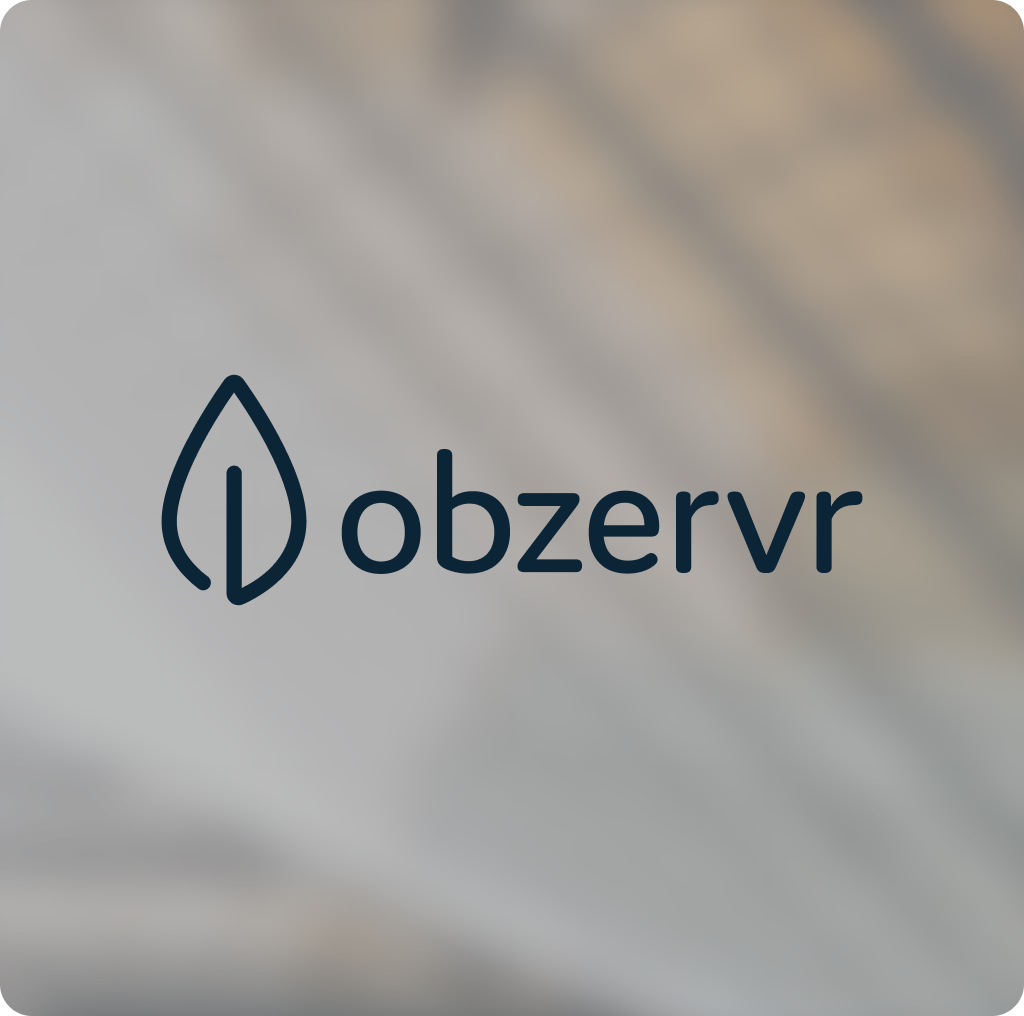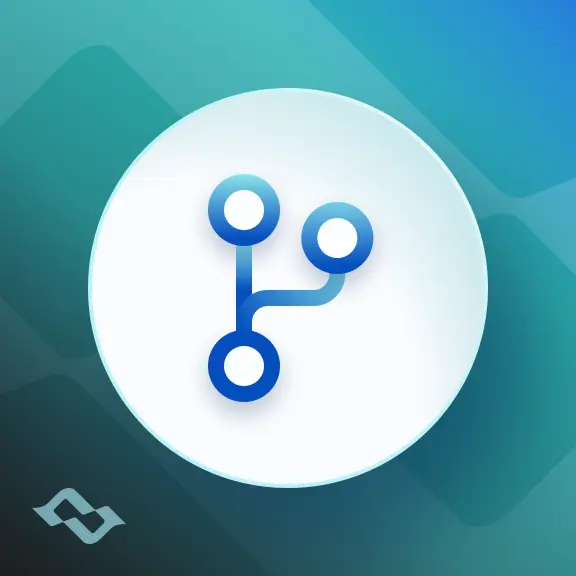Every team using Jira Software eventually hits the same inflection point: workflows that once felt like a powerful framework begin to feel like a constraint. What starts as a handful of intuitive transitions becomes a tangle of statuses, conditions, and validators. Tickets stall, velocity dips, and people start asking, “Why does this process feel harder than the work itself?”
The reality is that workflows in Jira are both its greatest strength and its biggest pitfall. A well-designed effective workflow aligns business processes with actual team behavior, accelerates delivery, and provides actionable reporting. A poorly designed one: overcomplicated, rigid, or disconnected from reality creates friction, confusion, and technical debt that silently compounds.
This article digs into the advanced mechanics of creating new workflows in Jira Software. We’ll go beyond the default Jira workflow and explore how to design unique workflows that are scalable, measurable, and built for high-performing projects.
The Anatomy of a Jira Workflow Scheme: Beyond the Basics
At the surface, a workflow looks simple: workflow statuses represent stages, transitions connect them, and rules enforce behavior. But the true complexity lies in how those elements are combined. Let’s break down the advanced components that separate beginner workflows from expert-level ones:
- Statuses as States of Control, Not Just Labels
A status shouldn’t just mean “to do,” “in progress,” or “done.” Each status should define what kind of control or responsibility applies at that stage. For example, “In QA” might imply strict validation rules, while “Ready for Deployment” could enforce release management policies. - Transitions as Gateways, Not Just Arrows
Each transition is an opportunity to enforce functionality and quality. With conditions, validators, and post functions, transitions become miniature checkpoints that ensure nothing moves forward without meeting requirements. - Conditions vs. Validators vs. Post Functions
- Conditions decide whether a transition is even visible.
- Validators ensure the right data is provided during a transition.
- Post functions automate behind-the-scenes actions after a transition (e.g., auto-assigning, updating fields, triggering notifications).
- Resolutions as Outcome Signals
Teams often misuse resolutions. Instead of treating them as “Done” equivalents, think of them as the outcome of a workflow: Fixed, Won’t Fix, Duplicate, Rejected. Clear strategies significantly improve reporting and analytics leading to higher productivity.
Designing for Simplicity: The First Rule of Creating Workflows in Jira
If your real-world process has 12 steps, you might be tempted to replicate each one as new status, but doing so can quickly lead to clutter.
Workflows should be abstractions of process, not replicas. Each status should capture a meaningful state change in the lifecycle of a task. A rule of thumb: if moving between two stages doesn’t change responsibility, visibility, or reporting value, it probably doesn’t deserve its status.
Example:
Instead of this sequence - In Development → In Code Review → In Testing → Ready for QA → In QA → UAT → Ready for Deployment - consider collapsing into:
In Progress → In Review → In Verification → Ready for Release.
This reduces friction while still capturing the essential checkpoints while supporting team collaboration.
Scaling Workflows Across Teams and Projects
One of the hardest challenges for many teams is balancing consistency with flexibility. A workflow that works perfectly for a backend team may feel alien to a design team. Yet, having 20 different workflows across projects creates chaos in reporting and maintenance.
Strategies for Scalable Workflow Design
- Workflow Schemes as Blueprints
Group related workflows into schemes that can be applied across projects. This keeps the organization aligned and ensures teams stay on the same page - you maintain consistency while still accounting for work type differences (e.g., Stories vs. Bugs vs. Epics). - Reusable Status Libraries
Define a controlled set of statuses and reuse them across workflows. This improves documentation and minimizes the “status explosion” problem where reports end up with 50+ unique statuses, half of which mean the same thing. - Contextual Workflows for Specialized Teams
When divergence is unavoidable, isolate complexity to the edge. Keep a shared “core” workflow and extend only where necessary for unique team's processes.
Advanced Configuration Techniques
This is where Jira admins can make workflows truly powerful. Let’s dive into specific configurations that elevate Jira from a task tracker to a process engine.
1. Smart Use of Conditions
Conditions control who can see or execute a transition. For example:
- Limit “Move to Done” transitions to QA Engineers.
- Allow “Reopen” only if the reporter is the one reopening.
These rules prevent process bypassing and align accountability.
2. Validators for Data Integrity
Require critical fields before a transition can proceed:
- Before “Start Progress”, enforce the selection of Assignee and Component (if applicable).
- Before “Close”, require Resolution and Release Version.
Validators protect against incomplete data polluting your backlog and reports.
3. Post Functions for Automation
Post functions eliminate manual steps:
- Automatically assign work items to a default assignee when entering In Progress.
- Auto-populate a “Start Date” field when work begins.
- Trigger a webhook to CI/CD tools when moving to Ready for Release.
These small automations compound to save hours each week and reduce the need to manually run updates.
4. Jira Workflow Triggers for Integration
With Jira Cloud, workflow triggers can connect with development tools:
- Move tickets automatically when a branch is created, PR opened, or a build succeeds.
- Sync statuses with GitHub or Bitbucket activity.
This keeps the workflow aligned with actual engineering work instead of relying on manual updates.
Avoiding the Hidden Traps of Workflow Design
Even advanced administrators fall into common pitfalls.
- Overfitting to Current Processes
Today’s process is tomorrow’s bottleneck. Design workflows that can adapt to change without massive rework. - Multiple Statuses
If stakeholders insist on visibility into every micro-step, use custom fields or automation rather than bloating the workflow. - Unclear Exit Criteria
Every transition should have a clear definition of “done” for that stage. Without it, workflows become subjective and inconsistent. - Resolution Mismanagement
Leaving work items unresolved or using “Done” as a resolution breaks reporting. Invest the time to configure meaningful resolution categories.
Building Reporting Power into Existing Workflows
One of the greatest benefits of clean workflows is how they feed Jira reports and dashboards.
- Cycle Time and Lead Time: Workflows that clearly mark “start” and “finish” states make these metrics accurate.
- Bottleneck Analysis: Cumulative Flow Diagrams become actionable when statuses reflect meaningful stages.
- Quality Signals: Tracking reopens, resolution types, or time spent in review highlights process weak points and helps incorporate feedback.
Tip: Before adding or removing a status, ask yourself: “How will this impact reporting accuracy?”
Workflow Governance: Keeping Chaos at Bay
As organizations grow, workflow sprawl becomes a governance issue. Without guardrails, every team starts customizing, and Jira turns into a Frankenstein’s monster of workflows.
Best practices for governance include:
- Workflow Council: A cross-functional group that approves project changes.
- Change Management Process: Document the reason for every existing workflow edit.
- Version Control: Maintain copies of old workflows before making edits, so you can roll back if needed and track every new workflow.
- Documentation and Training: Even the best workflows fail if users don’t understand how to use them. Provide clear resources for non-technical teams.
Real-World Example: Streamlining a Software Delivery Workflow
Let’s take a backend engineering team struggling with a bloated Jira workflow of 14 statuses. Each sprint, tickets were getting stuck in “Ready for Testing” or “QA Passed” without clarity on responsibility. Reporting was unreliable, and developers complained about “too many clicks.”
Steps taken:
- Collapsed redundant statuses into four core ones: To Do, In Progress, In Review, Done.
- Added validators on “Done” to require resolution and release version.
- Configured post functions to auto-assign tickets when transitioning to In Progress.
- Connected workflow triggers to Bitbucket so tickets auto-moved on PR creation and merge.
Results:
- Average cycle time dropped by 22%.
- Burndown charts became accurate again.
- Developers reported higher satisfaction with reduced workflow friction.
Conclusion: Workflows as a Strategic Team Collaboration Asset
Jira workflows aren’t just an administrative detail; they are the operating system having an influence on how your team works. When designed with care, they remove friction, enforce quality, and generate insights that drive smarter decisions.
The real mastery comes from striking a balance: Jira workflow scheme should be structured enough to provide consistency, but flexible enough to adapt as your team evolves. Resist the urge to over-engineer, but don’t shy away from leveraging advanced configurations to automate, enforce, and integrate.
Done right, workflows become invisible superpowers; quietly aligning people, process, and tools so your organization can focus on what really matters: delivering great work, faster.
Anahit Sukiasyan is an Atlassian Community Champion in Yerevan, Armenia, recognized for her dedication to fostering collaboration, innovation, and knowledge-sharing within the global Atlassian ecosystem. With a strong background in IT Service Management, she has extensive hands-on experience with Jira, Jira Service Management, Confluence, Trello, and Jira Product Discovery, working across both Cloud and Data Center environments. Anahit specializes in end-to-end Jira project configuration, tailoring workflows, automation, and reporting to align with diverse business needs and improve operational efficiency.
Beyond her technical skills, Anahit is deeply committed to building and nurturing communities. Being an organizer of the Atlassian Community in Yerevan, she actively connects professionals, facilitates learning opportunities, and empowers users to get the most out of Atlassian tools.
As a passionate Jira expert, Anahit also contributes her insights as a guest author on the Getint website, sharing practical strategies to help organizations streamline processes and improve productivity.






















